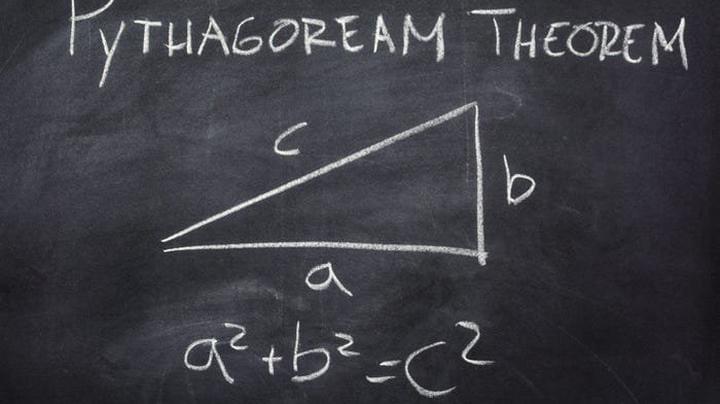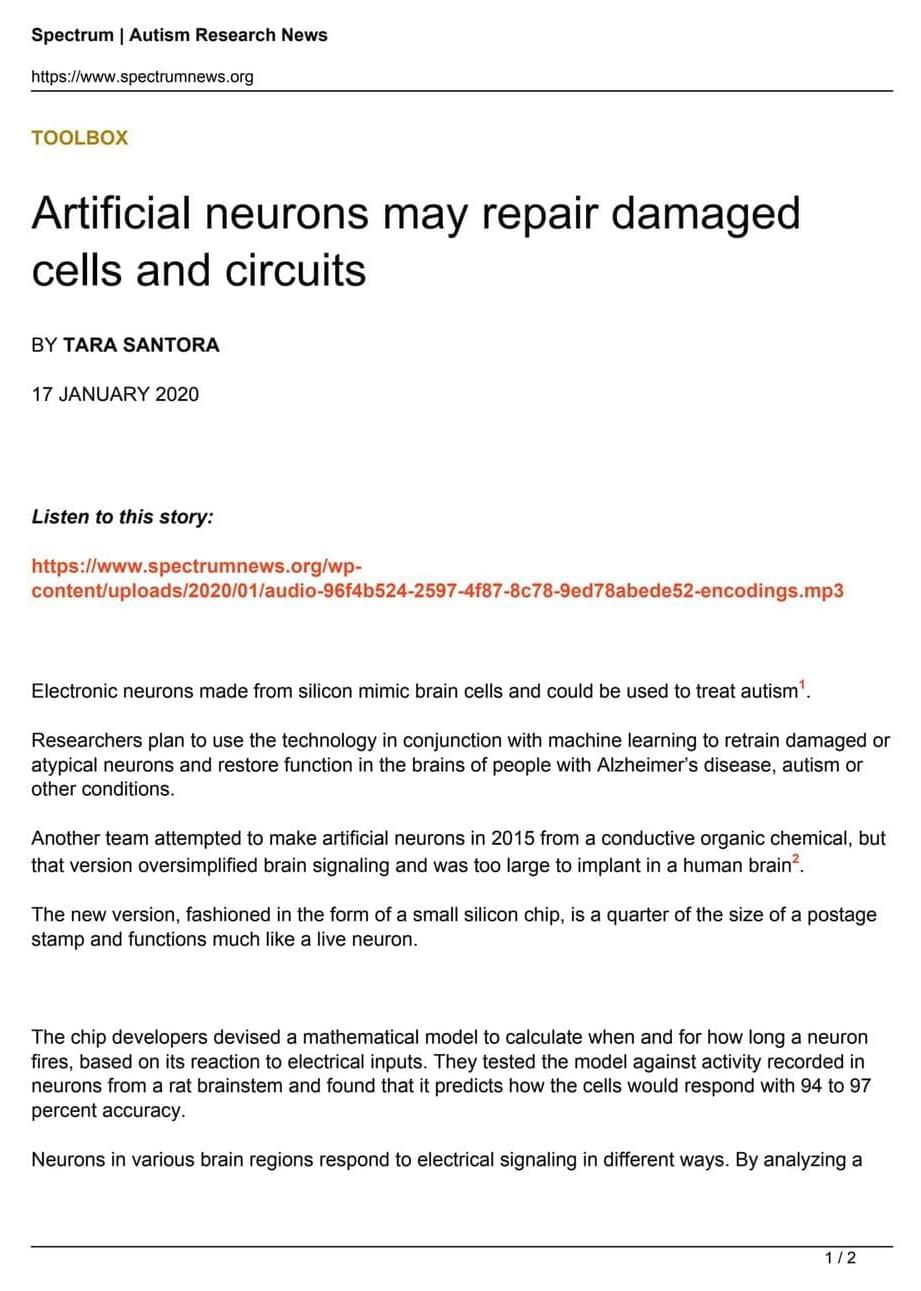Welcome back to Chain Reaction, a podcast that interviews newsmakers in crypto to better understand the tech behind the hype and the people working to build a decentralized future.
For this week’s episode, Jacquelyn interviewed Emin Gün Sirer, the founder and CEO of Ava Labs.
Ava Labs has raised a total of about $640 million, according to Crunchbase, and is backed by firms like a16z and Polychain Capital. In recent months, Ava Labs has announced a number of partnerships with major brands and companies, like Amazon Web Services, which TechCrunch covered exclusively.






